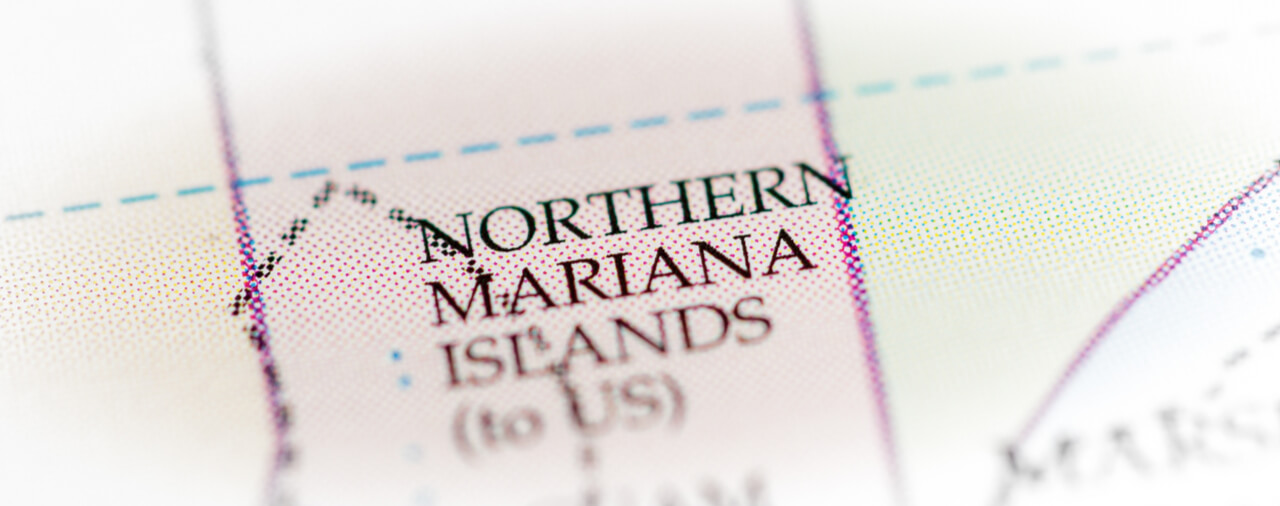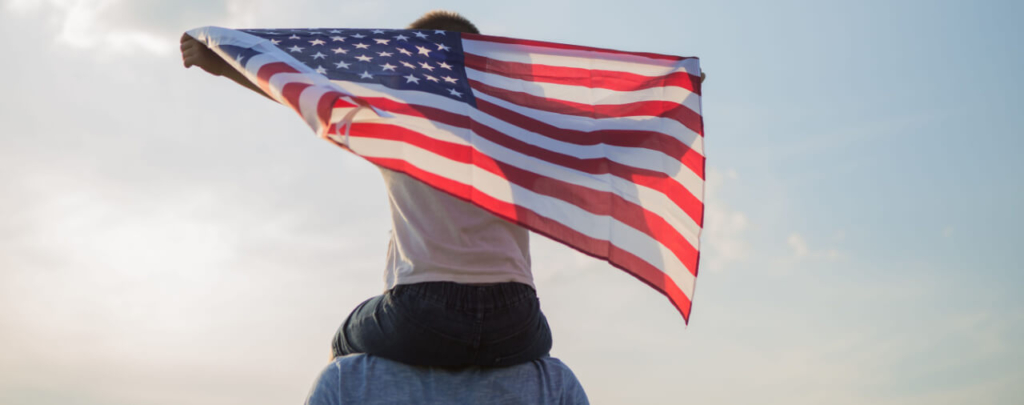Introduction
The United States Citizenship and Immigration Services (USCIS) announced that all Commonwealth of the Northern Mariana Islands (CNMI)-Only Transitional Worker program (CW1 program) filings for FY 2020 must be accompanied by a temporary labor certification from the U.S. Department of Labor (DOL) [PDF version].
0n April 4, 2019, the USCIS will begin accepting CW1 petitions with employment start dates in FY 2020.
The DOL has published a new interim final rule outlining the new temporary labor certification procedures [PDF version]. We will discuss the outline of the rule, which takes effect on April 4, 2019. You may read the full interim rule with more detailed information here: [PDF version].
DOL Interim Final Rule on CW1 Temporary Labor Certification
The DOL explains that employers will first have to obtain a prevailing wage determination from the DOL’s Office of Labor Certification by submitting a completed ETA-9141C online. For FY 2020 filings, the DOL will use “the mean wage as determined by the Bureau of Labor Statistics through its Occupational Employment Statistics (OES) survey for the territory of Guam.” In the future, the CNMI Governor may submit a valid occupational wage survey meeting certain statistical requirements which would form the basis of the prevailing wage determination for CNMI.
Second, the CW1 employer seeking to hire a new CW1 worker will be required to submit a completed Form ETA-9142C, CW-1 Application for Temporary Labor Certification no more than 120 calendar days before the start date of work. CW1 employers seeking to extend the employment of a current CW1 worker may file the Form ETA-9142C no more than 180 calendar days before the date on which the CW1 status expires. If the Form ETA-9142C is approved, the DOL will issue a Notice of Acceptance. If it is deficient, the DOL will issue a Notice of Deficiency, which will allow the employer 10 business days to submit a modified application correcting the deficiencies.
Third, if the employer receives a notice of acceptance, it will be required to follow certain steps to recruit U.S. workers for the job opportunities. The employer will be required to undertake and document the following recruiting steps for a 21-day recruitment period (quoted):
Place an advertisement on the CNMI Department of Labor’s job listing system;
Contact former U.S. workers, including those who have been laid off within 270 calendar days before the start date of work, and solicit them to return to the job;
Post a copy of the CW-1 Application for Temporary Employment Certification at the place(s) of employment where the work will be performed by CW-1 workers; and
Conduct any other recruitment activities (e.g., contacting community-based organizations or trade unions) the [certifying officer] may require.
The employer is required to complete these recruiting steps for the 21-calendar day recruiting period before preparing, signing, and submitting its written recruitment report to the DOL’s National Processing Center.
Fourth, the DOL will make a final determination on whether to certify or deny the temporary employment certification application upon reviewing the completed recruitment report. The certifying officer will only grant the application “where the employer has met all regulatory requirements.” If the certifying officer determines that certification is appropriate, it will electronically send a Final Determination notice and the certified application to the employer and, if applicable, to the employer’s attorney or representative.
The interim final rule lists general requirements for CW1 employers after receiving temporary labor certification.
Employers are required, upon having been granted temporary labor certification, to (paraphrased):
Assure that the job opportunity represents full-time employment;
Guarantee employment for a total number of work hours equal to at least three-fourths of the workdays of the total period of employment;
Require that U.S. workers receive the same wages and benefits for corresponding employment as CW1 workers;
Require that the payment of wages be finally and unconditionally “free and clear” and that payment be made no less frequently than every two weeks.
CW1 employers are required to pay the visa and related fees of CW1 workers. They must pay “the inbound transportation and subsistence costs of workers who complete 50 percent of the job order period, and the outbound transportation and subsistence expenses of employers who complete the entire work contract period.”
CW1 employers “must provide workers with detailed earnings statements on or before each payday, disclose all deductions from pay, and provide a copy of the work contract in a language the worker will understand.”
CW1 employers are required to “retain all documents and records establishing compliance with the [CW1] regulations for a period of three years after the CW-1 Application for Temporary Employment Certification is adjudicated or from the date the [certifying officer] receives a letter of withdrawal.” These records must be made available to DOL, DHS, or any other federal government official upon request for an investigation, inspection, audit, or other law enforcement activity. The DOL may sanction employers who violate the CW1 rules regarding labor certification. Sanctions may include additional recruitment activity requirements, revocation of a certified temporary labor certification, or a bar from all employment-based immigration programs administered by DOL for a period of up to five years.
Going forward, the DOL will maintain an electronic file with information on all employers applying for temporary labor certification to employ CW1 workers. This information will be accessible to the general public.
Conclusion
President Donald Trump signed the Workforce Act, which extended the CW1 program through 2029 and set CW1 caps through that date. However, the Workforce Act modified numerous CW1 requirements, including adding the temporary labor certification provision. The CW1 program had been slated to expire prior to President Trump’s signing the Workforce Act [see blog].
The USCIS notice states that other than obtaining temporary labor certification, “CW1 petitioners should continue to follow current USCIS regulations, procedures, and forms” when seeking CW1 visas with employment start dates on or after October 1, 2019. The USCIS adds that it “will announce further guidance for CW1 worker petitions.”
The CW1 program is limited to the Northern Mariana Islands. Despite its small geographic scope, it plays a significant role in the economy of the islands and for the many nonimmigrant workers it benefits. Employers seeking to employ CW1 workers should consult with an experienced immigration attorney for guidance on navigating the new program requirements. Beneficiaries should consult with an attorney to understand their rights and responsibilities under the program and for guidance on their overall immigration situation.





